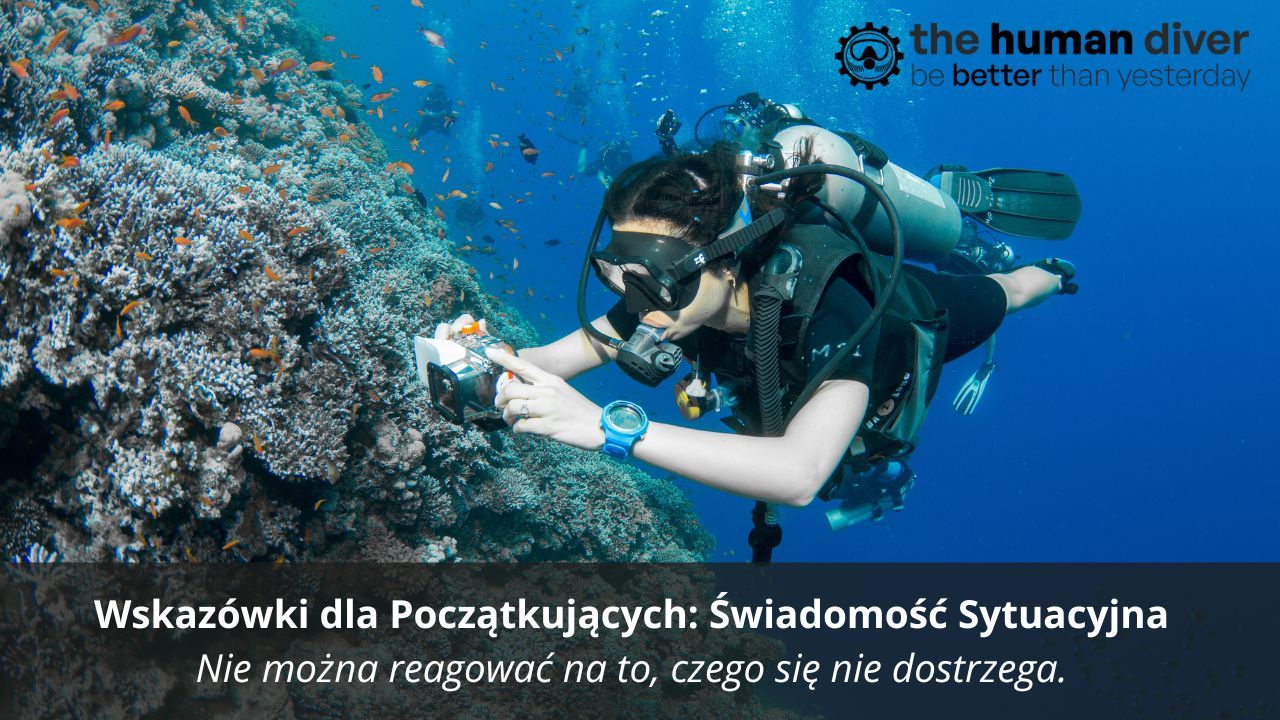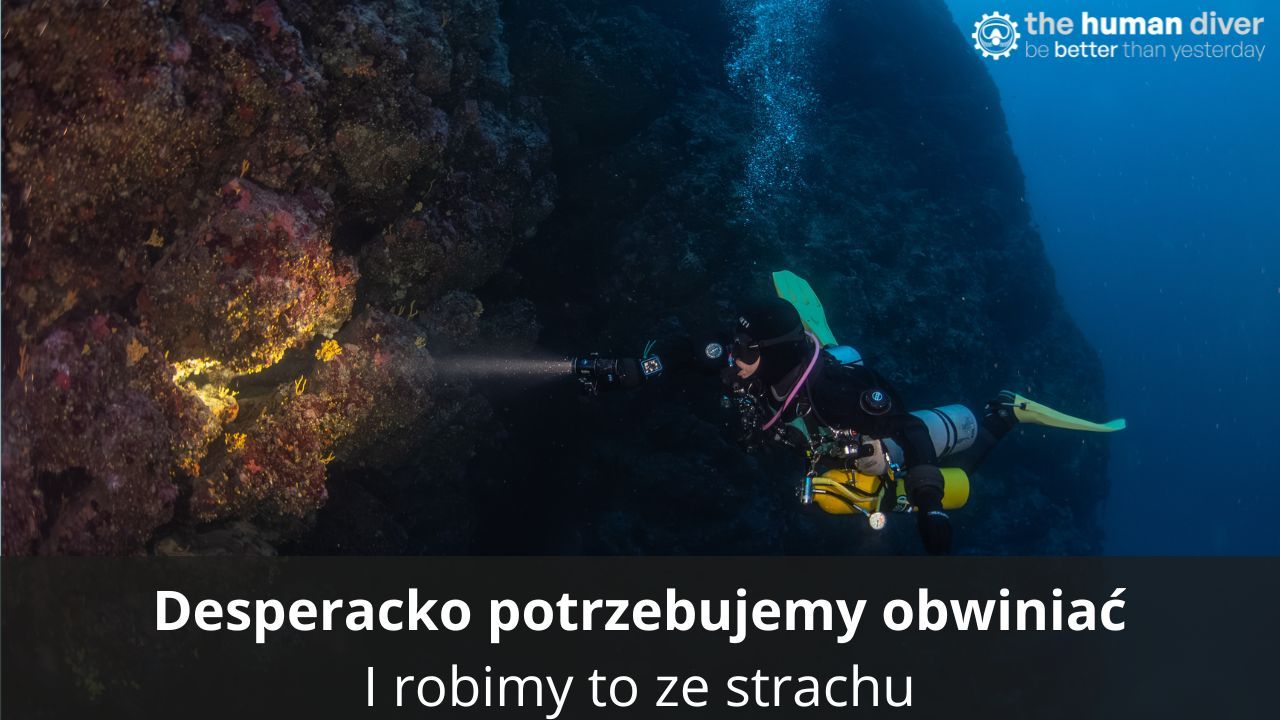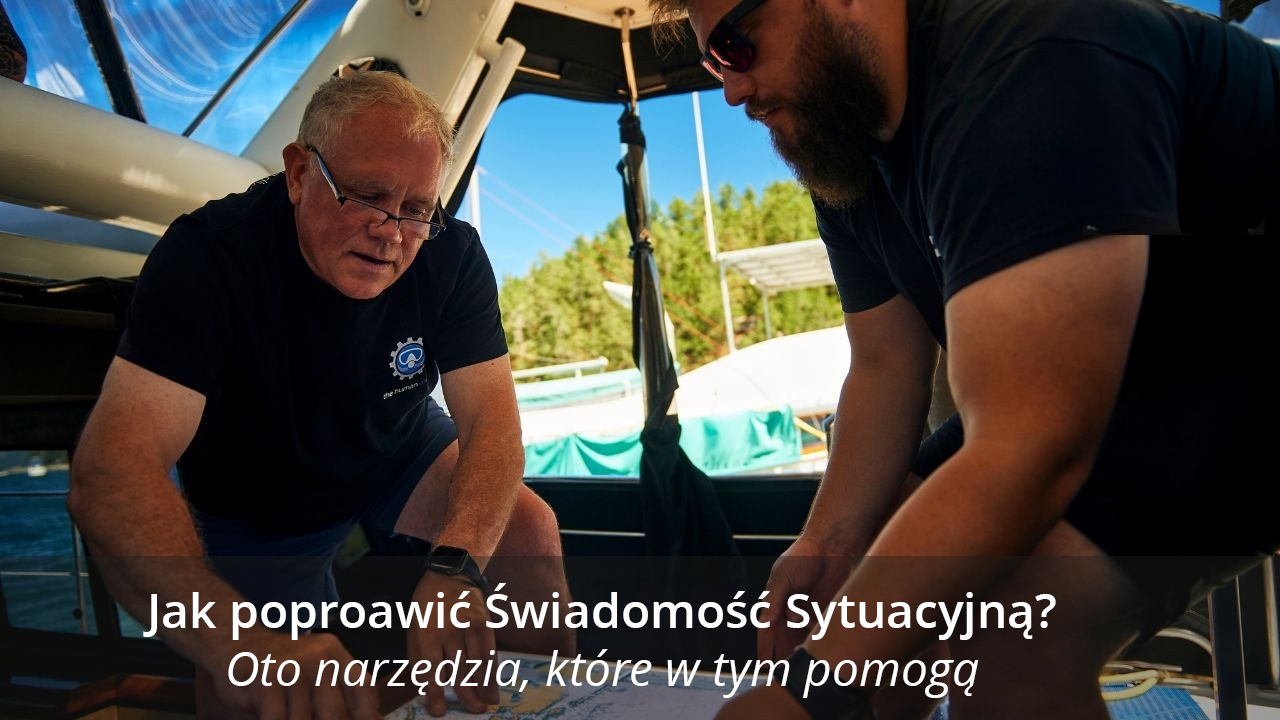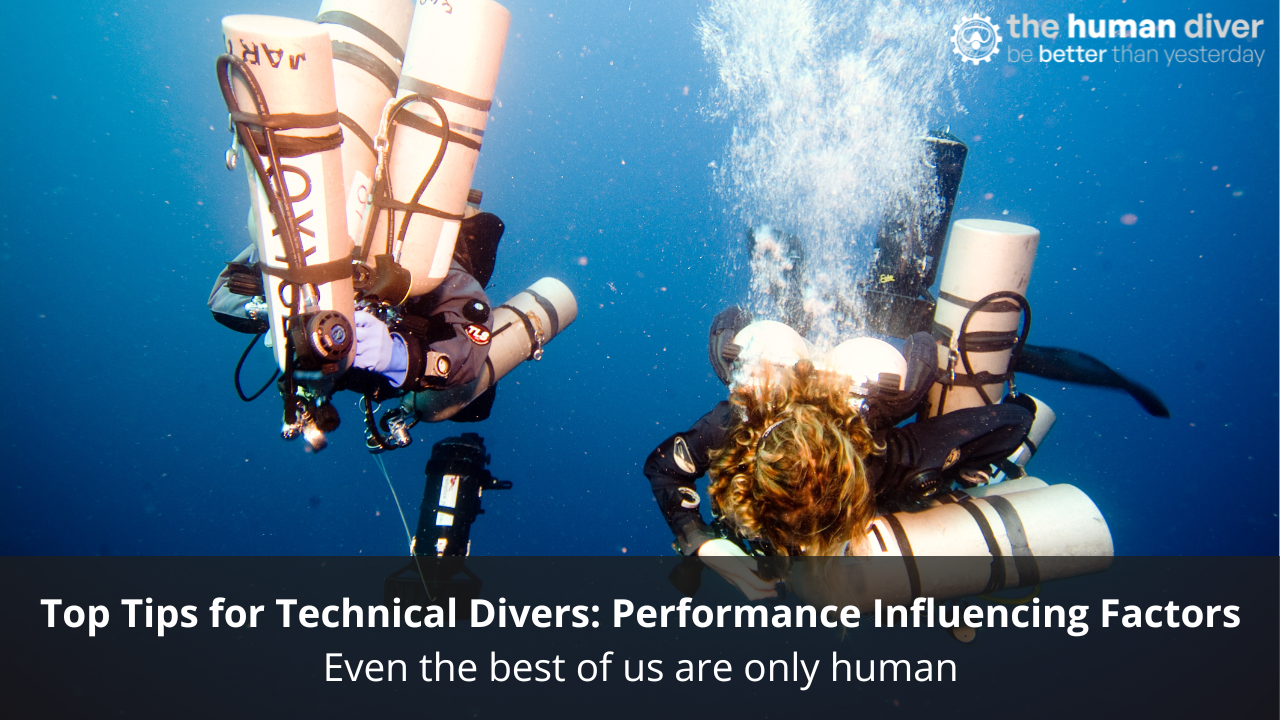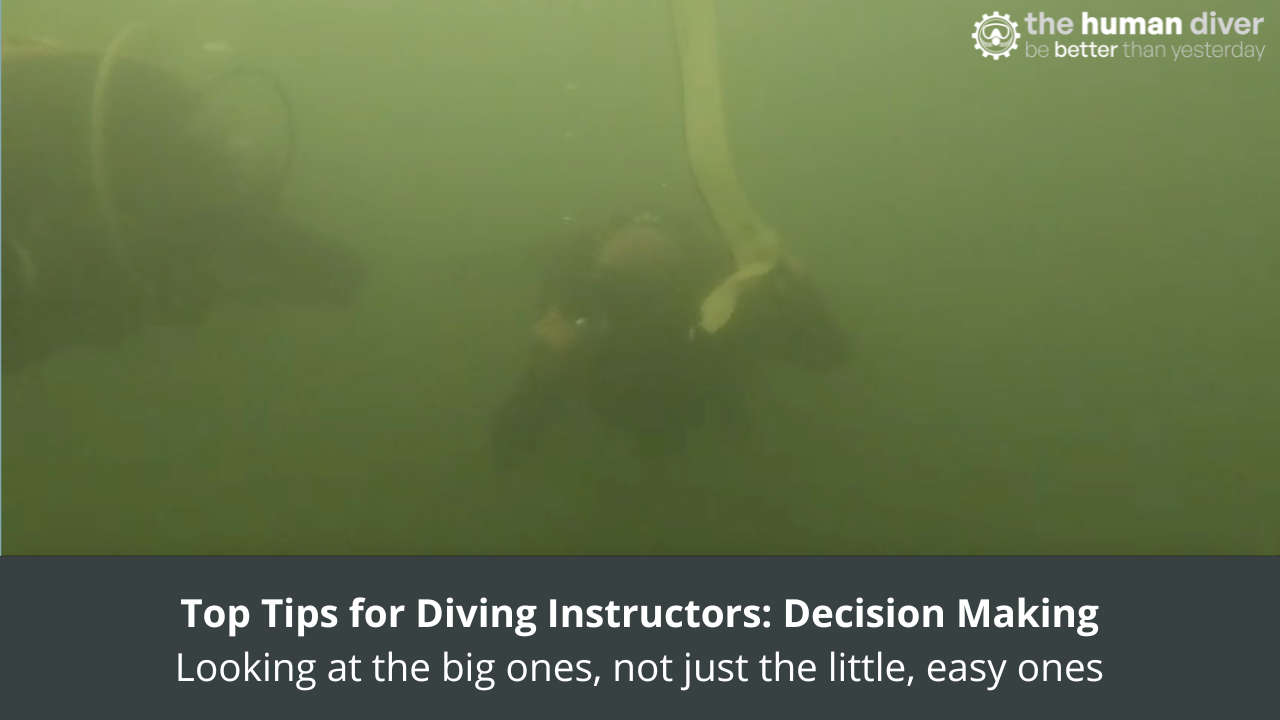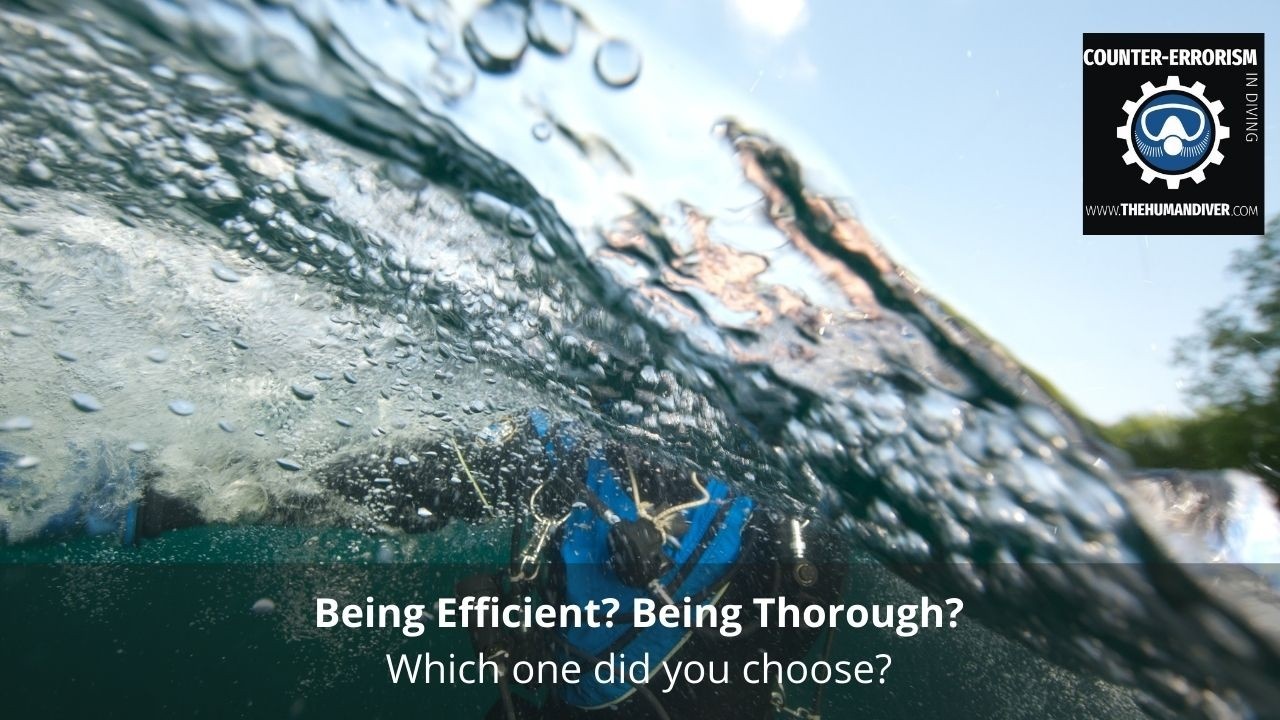
Being Efficient? Being Thorough? Which One Did You Choose?
Apr 23, 2022A diving instructor jumps off the back of their liveaboard without their fins.
A student enters the water with their pre-dive checks for their CCR being incomplete.
A diver floods their camera and housing during their descent because an o-ring wasn't checked properly.
A dive centre manager forgets to arrange lunch for their clients.
These are all examples that the diving community can likely relate to. These are all simple errors that take place due to the constant tension between how much time we have to complete a task and how much work we have to do in that time.
Diving is a leisure activity, so we try to make time for it, but there are nearly always competing goals for that time. Time with the family. Time to service the diving equipment. Time to do housework or DIY. Time to see friends. Time to make money while you work. Time to manage stocktaking. Time to arrange classes. Time to email students. Time to set up the website. Time to build a business.
Even if you are on a trip like a liveaboard when there are 'only' diving activities to be done, there are still competing interests for our time. Eating, reading, chatting with friends, fixing broken gear, editing photos, surfing social media, sleeping...
This trade-off between efficiency and thoroughness was recognised and written about by a researcher called Erik Hollnagel. He called it the Efficiency Thoroughness Trade-Off (ETTO), where we try to be as efficient as possible and trade thoroughness away when productivity and output are rewarded, and thoroughness where safety is prioritised over output. The trade-off happens because of the biases we have.
These ETTOs don't always end up with a negative outcome. In fact, they are nearly always successful - that is why we use them. The problem is that with hindsight after an adverse event, we can see where the efficiency trade-offs were blindingly obvious and where safety was compromised. However, 'safety' always has a cost, be that a time or financial investment, and not everyone is willing to spend that. This is behavioural economics in action.
Hollnagel described how ETTO exists in both work and personal lives and it isn't always really obvious as it happens. The following are examples from this comprehensive paper on the topic.
- ‘It looks fine’ – so there is no need to do anything, meaning that an action or an effort can safely be skipped.
- ‘It is not really important’ – meaning that there is really no need to do anything now, if only you understand the situation correctly.
- ‘It is normally OK, there is no need to check’ – it may look suspicious, but do not worry, it always works out in the end. A variation of that is ‘I/we have done this millions of times before’ – so trust me/us to do the right thing.
- ‘(Doing it) this way is much quicker’ – or more resource efficient – even though it does not follow the procedures in every detail.
- ‘It normally works’ (or it has worked before) – so it will probably also work now. This eliminates the effort needed to consider the situation in detail in order to find out what to do.
Do these look familiar to you?
Hollnagel highlights that these ETTOs also happen at an organisational level. Two examples which are very applicable in the diving industry are:
- Negative reporting. This is where only bad stuff is reported and the assumption is that the absence of evidence means there is an absence of a problem. Lack of reporting might be because there is a lack of psychological safety and there is fear within the organisation, or that the reporting system is not user-friendly and so no one uses it, or if people report, then the information is not fed to the right people.
- Double-binds. This is where conflicting information is given to operators, instructors or divers. A common example is the difference between the explicit policy that ‘safety is the most important thing for us,’ and the implicit policy that production takes precedence when conflicts arise.
As these ETTOs are part of normal life, we can't do much about them. However, we can recognise that we are subject to these and if we are going to be in a situation where we can't reverse the outcome, then we build something that forces us to slow down and moves us from 'System 1' to 'System 2' thinking. This could be a checklist, an effective buddy check, a pre-dive brief with a check of understanding taking place, or a schedule for the day so you know when things will happen and can plan around them if you're on a liveaboard.
The problem with trying to make suggestions to each of you is that each scenario will be slightly different and therefore what will work for you, needs to be based on YOUR dive operations. Even the subject of this paragraph is an ETTO! I am limited in what I can write and you are limited in what you will read! Furthermore, as you read something that doesn't immediately align with your situation, you will dismiss it as you are 'distancing through differencing'!
The other way we can use the ETTO problem is when looking at adverse events to determine how it made sense for someone to do what they did. Where were the trade-offs happening? Had they previously happened in the past with no negative outcome? (Likely!) Developing an understanding of 'local rationality' is critical to making improvements in the future. Not just lessons identified, but genuinely lessons learned where behaviours have changed.
Finally, while I put 'choice' in the title, many of the 'choices' we make in diving are not active, conscious choices. They are made from the biases, heuristics and mental shortcuts we constantly use to navigate the world at the pace we do.

Gareth Lock is the owner of The Human Diver, a niche company focused on educating and developing divers, instructors and related teams to be high-performing. If you'd like to deepen your diving experience, consider taking the online introduction course which will change your attitude towards diving because safety is your perception, visit the website.
Want to learn more about this article or have questions? Contact us.


